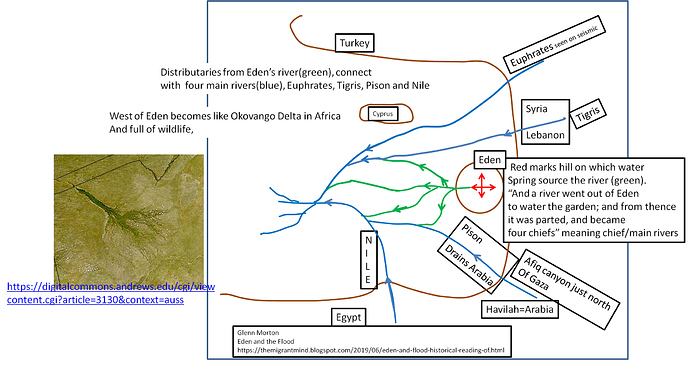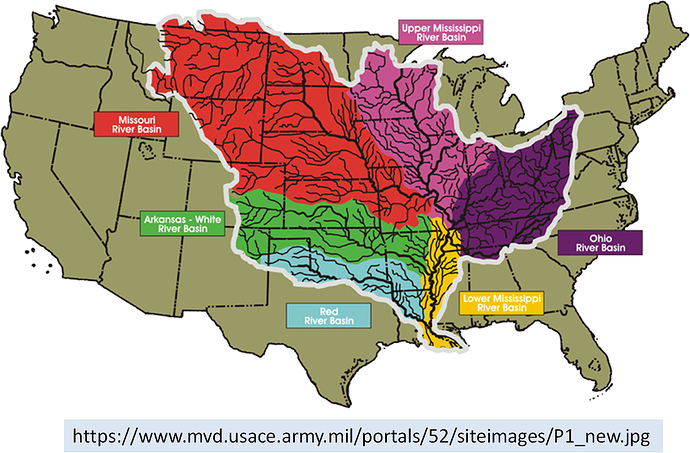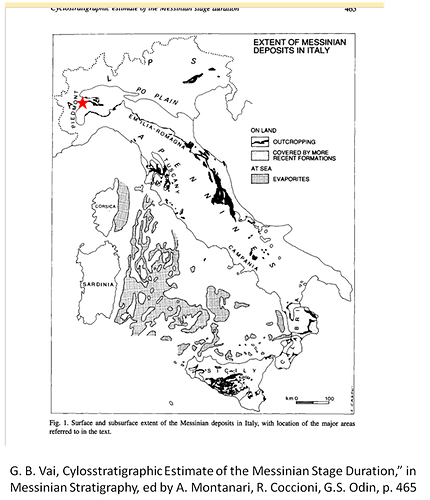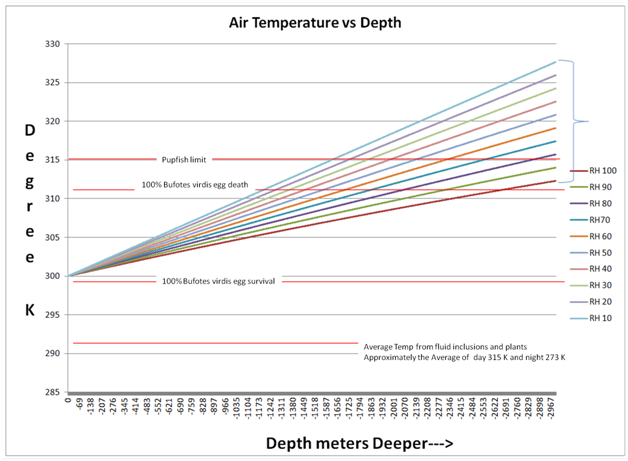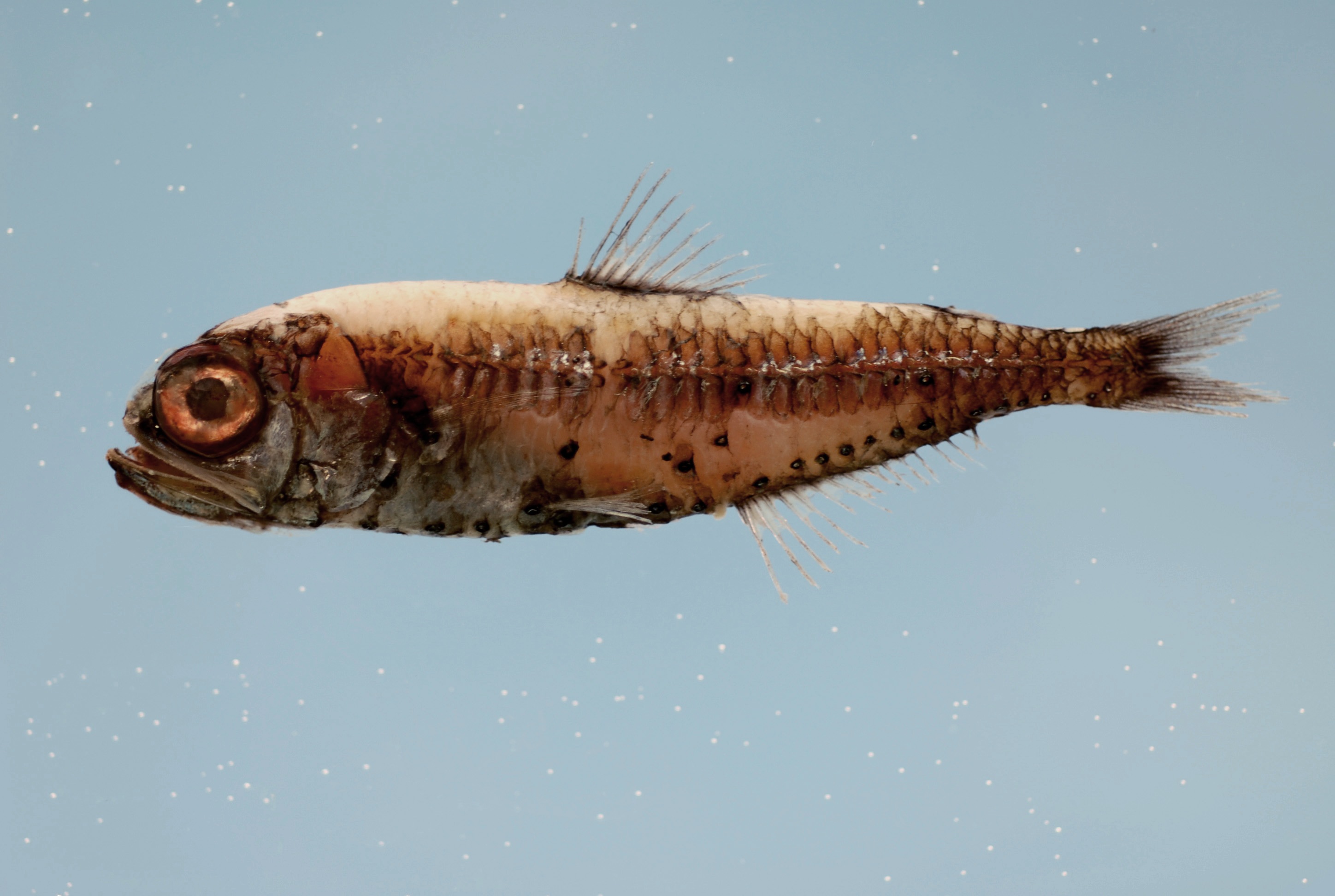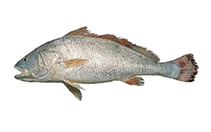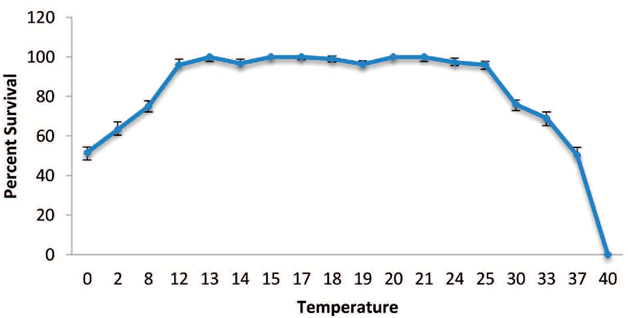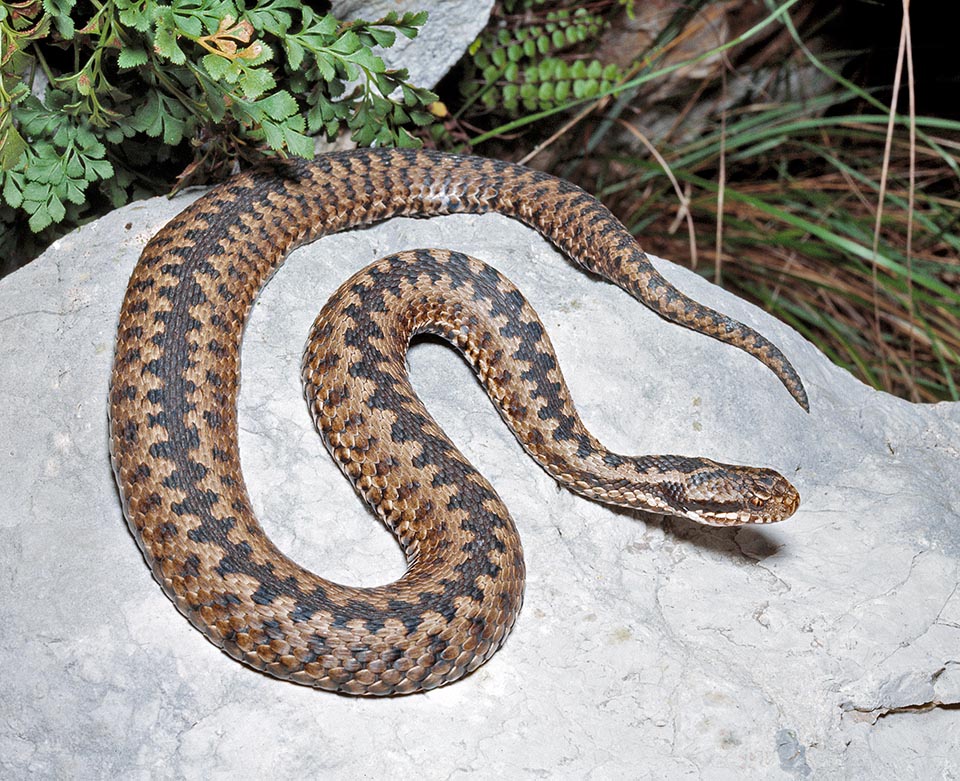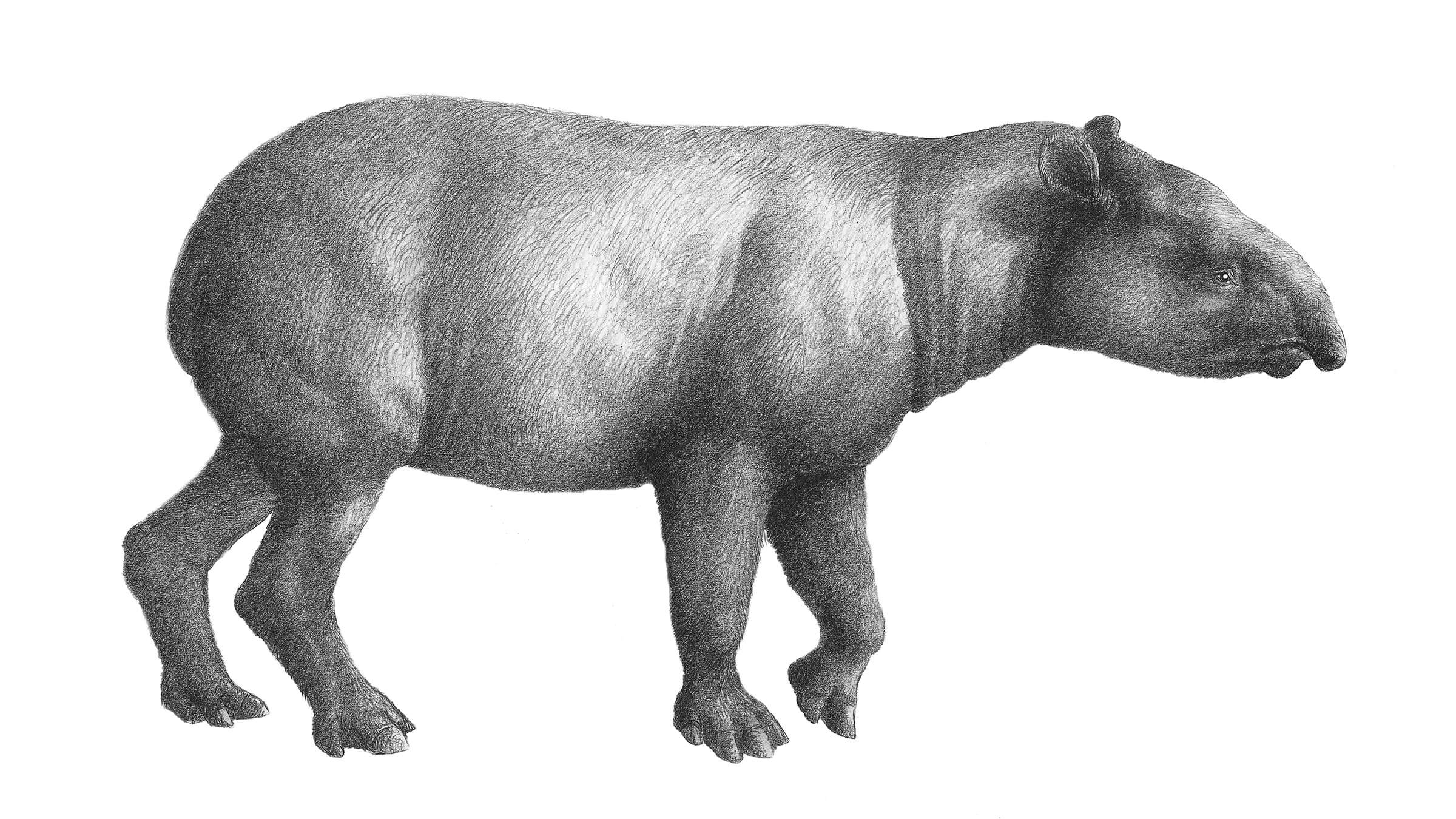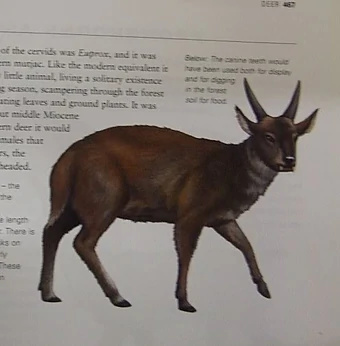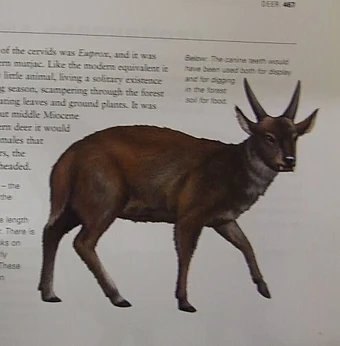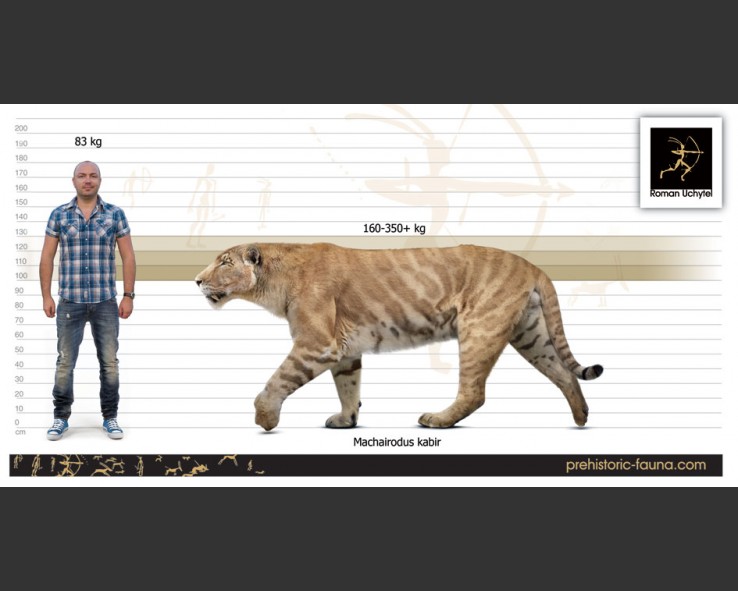Wider connections
I thought I would add some wider connections to the Messinian Salinity Crisis. When the Mediterranean had evaporated, where did the water go? Into the world’s oceans. Then I am going to switch gears and discuss how science isn’t really about data–it is about consensus view–which is the wrong way for science to behave. Science and theology should be about matching facts, not about one’s bias.
The Messinian salinity crisis may have had some widespread consequences. A transfer of all Mediterranean water to the world’s oceans would have raised global sea level by up to 10 meters(33 feet). More significantly, the extensive evaporation may have removed significant quantities of salt from the world’s oceans, thereby weakening North Atlantic deep-water formation and slowing the conveyor belt system, possibly leading to global cooling. Such cooling may have caused sea level to drop, intensifying Mediterranean desiccation during parts of the Messinian…" Vivien Gornitz, Rising Seas: Past, Present, Future,(Columbia University Press, 2013), p.84
The removal of salt from the world’s oceans was significant, also with implications for global climate:
*"The Messinian Salinity Crisis occurred when the last of the ocean gateways closed and restricted any connection with the Atlantic Ocean. This led to an evaporitic drawdown of the Mediterranean, which led to widespread precipitation of evaporates within the Mediterranean basin and satellite basins(e.g. Sorbas basin, south-east Spain). The storage of salts from the evaporated sea water is calculated to have reduced the world ocean salinity levels by some 6 per percent and temporarily modified global thermohaline circulation. This drop in salinity would have increased the extent of sea ice and may have contributed to the onset of the next glacial phase. " Anne Mather, “Tectonic Setting and Landscape Development,” in Jamie Woodward, ed., The Physical Geography of the Mediterranean, (Oxford University Press, 2009)
It would appear that this much salt removed from the oceans would freshen the water and increase the freezing point of ocean water by about .2 C. That might not sound like much, but for a world on the cusp of getting even colder, this could be a critical change.
Third, it was during the Miocene that Antarctica first glaciated and the amount of water would have lowered the seas by 80 m.
"The Messinian evaporates were deposited in two events, an earlier one in magnetic Chron 5, and a younger one in the early parts of the Gilbert Chron at the Miocene/Pliocene boundary. While a discussion of the exact chronology of these events falls outside the scope of this paper, it appears clear that the strong glacial seen at 5 Ma in our data which lowered sea-levels by about 80 m below the present in the early Gilbert, correlates to the younger Messinian event." E. Jansen, et al, “Neogene and Pleistocene Glaciations in the Northern Hemisphere and Late Miocene-Pliocene Global Ice Volume Fluctuations: Evidence from the Norwegian Sea.”, edited by U. Bleil, Jörn Thiede, Geological History of the Polar Oceans: Arctic versus Antarctic, Boston: Kluwer Academic Publishers,1990), p. 695
Below is the CO2 content of the Miocene, at around 215 ppm.
There is one real problem with the Messinian, weather wise. It was said to be warm, yet it had only 215 ppm CO2 in the atmosphere, which is less than we had in 1750 which tends to be the pre-industrial level. This should make for a cold world. How cold
?[if you don’t like math, skip the rest of this paragraph and start with the next] Well, the CO2 concentration in the atmosphere relates to radiative forcing, that is, how much extra energy is kept in the earth’s atmosphere. Because of feedback loops there is no easy or definitive way to relate radiative forcing to a given rise in temperature. Because of this, I am going to use the only way I can to estimate the global temperature based on CO2 content. Today we have 405 ppm CO2 in the atmosphere. In 1750 we had 280 ppm. The equation for the increase in radiative forcing is 5.35 X ln(405/280) which is approximately 2 deg C of warming since then. Since the effect is linear in logarithm up to about 800 ppm, we can estimate how much colder it was in the Miocene. (405-280=125) so a change of 125 ppm is equivalent to a 2 deg rise in temperature, meaning there is a 2/125 deg C per ppm CO2. Thus, there is .016 deg C per ppm CO2. Since the Miocene had only 215 ppm, then that should be equivalent to (280-215)*.016 which is 1 degree C colder than it was in 1780.
If this estimate of the Miocene world being 1 deg colder than it was in 1750 (3 deg colder than today), loose as the estimate is, is even close to reality, then it is hard to understand how the Miocene world could be warm. Could methane cause the warmth? It is unlikely because methane leaves the atmosphere at a half-life of 12.7 years, so if there is a big burp of methane gas, a strong greenhouse gas, then in the geological blink of an eye, it is removed from the atmosphere. There are those who say the Mediterranean itself was leaking methane, citing the existence of signs on seismic of such leakage. The problem is that methane is constantly leading out of the world’s ocean floors, and what they see is nothing unusual. Thus, again, it is hard to see how this Messinian world could be warm.
Secondly, for the first time in history Antarctica was covered with ice, and there was glaciation in Patagonia. Below is a picture showing how Antarctican ice cover occurred over the Miocene. Some people are just bad at graphics and this guy chose black to represent the ice and white to represent the continent. A good graphics guy, if he likes you, would have told him to change it. Maybe he had ticked off his graphics guy. lol

Indeed, some of this Miocene ice has survived to the present:
Sugden DE, Marchant DR, Potter N, Souchez RA, Denton GH, Swisher CC, Tison JL
"Preservation of Miocene Glacier Ice in East Antarctica"
"ANTARCTIC climate during the Pliocene has been the subject of considerable debate. One view holds that, during part of the Pliocene, East Antarctica was largely free of glacier ice and that vegetation survived on the coastal mountains(1-4). An alternative viewpoint argues for the development of a stable polar ice sheet by the middle Miocene, which has persisted since then(5-10). Here we report the discovery of buried glacier ice in Beacon valley, East Antarctica, which appears to have survived for at least 8.1 million years. We have dated the ice by Ar-40/Ar-39 analysis of volcanic ash in the thin, overlying glacial till which, we argue, has undergone little (if any) reworking. Isotope and crystal fabric analyses of the ice show that it was derived from an ice sheet. We suggest that stable polar conditions must have persisted in this region for at least 8.1 million years for this ice to have avoided sublimation ." 화학공학소재연구정보센터(CHERIC) | 연구정보 | 문헌DB | 학술지 검색
“The Messinian evaporates were deposited in two events, an earlier one in magnetic Chron 5, and a younger one in the early parts of the Gilbert Chron at the Miocene/Pliocene boundary. While a discussion of the exact chronology of these events falls outside the scope of this paper, it appears clear that the strong glacial seen at 5 Ma in our data which lowered sea-levels by about 80 m below the present in the early Gilbert , correlates to the younger Messinian event.” E. Jansen, et al, “Neogene and Pleistocene Glaciations in the Northern Hemisphere and Late Miocene-Pliocene Global Ice Volume Fluctuations: Evidence from the Norwegian Sea.”, edited by U. Bleil, Jörn Thiede, Geological History of the Polar Oceans: Arctic versus Antarctic, Boston: Kluwer Academic Publishers,1990), p. 695
The drying of the Mediterranean, the salt deposition and the refilling of the basin had major effects on global climate.
How should people deal with new ideas?
The thing that attracted me to the Messinian flood was that it was the only monstrous, yearish long flood in geologic history since hominids arrived on earth. It was the discovery of a major river coming out of biblical Havilah, on the Arabian peninsula and the discovery that the biblical description of Eden exactly matches the geography when this event happened. I still find it amazing the confluence of facts pointing to this time and place as the location of the events in Genesis 1-9.
I was taught as a scientist that it is about developing a theory that matches the observational facts. I think that should also apply to theological theories. But alas, as I have grown older I have become more and more convinced that the sociological objection to science is true. Science is often more about group think than matching the facts. All one has to do is look at how each new idea is received by the group-thinking colleagues.
1 Contientental Drift, AAPG opposed it from the 20s until the late 70s,after I entered the business.
2.H.pylori as a cause of ulcers took 20 years to be accepted after proof existed.
-
Feigenbaum, who discovered the mathematics of nonlinear dynamics had his first 2 papers rejected.
-
Theodore Maiman’s paper on how to build a laser was rejected by Physical Review letters.
-
Tuzo Wilson who discovered the idea that the Hawaiian islands were formed by a hotspot said:
'I…sent [my paper] to the Journal of Geophysical Research, They turned it down…They said my paper had no mathematics in it, no new data, and that it didn’t agree with the current views. Therefore, it must be no good. Apparently, whether one gets turned down or not depends largely on the reviewer. The editors, too, if they don’t see it your way, or if they think it’s something unusual, may turn it down. Well this annoyed me, and instead of keeping the rejection letter, I threw it into the wastepaper basket. I sent the manuscript to the newly founded Canadian Journal of Physics. That was not a very obvious place to send it, but I was a Canadian physicist. I thought they would publish almost anything I wrote so I sent it there and they published it!" Frank Tipler, “Refereed Journals,” in William Dembski editor, Uncommon Dissent, (Wilmington Delaware: ISI Books, 2004), p. 118-120
6.Peter Higgs of the Higgs Boson fame was practically ruined by his great idea. He was told he was “talking nonsense.”
7.Belousov of the Belousov-Zhabotinsky reaction was told by an editor that his views violated fundamental physics. He published in a medical conference and left science completely.
-
Donald Glazer, inventor of the cloud chamber. His paper was rejected. He eventually won the Nobel.
-
Dan Schectman who proved quasi-crystals existed was asked to leave his research group and was utterly opposed by Linus Pauling.
-
Saul Weinstein suggested data shows 5 carbon atoms could be bonded. Henry Brown, another Nobel laureate declared Holy War on such a concept. Brown was wrong.
-
Mendeleev published his periodic table of the elements in 1869, leaving holes where undiscovered elements should be. He was fiercely ridiculed for this. It wasn’t until 1886 that new elements were found.
12 Einstein proposed the existence of the Photon. He was resisted on this and Rosenblum and Kuttner said:
“From 1905 to 1923, [Einstein] **was a man apart in being the only one, or almost the only one, to take the light-quantum seriously.*” Bruce Rosenblum and Fred Kuttner, Quantum Enigma, (Oxford: Oxford University Press, 2006), p. 60
-
Rosalyn Yalow, who developed radioimmunoassy said:
"One example is Rosalyn Yalow, who described how her Nobel-prize-winning paper was received by the journals as follow: ‘In 1955 we submitted the paper to Science…the paper was held there for eight months before it was reviewed. It was finally rejected. We submitted it to the Journal of Clinical Investigations, which also rejected it.’ Frank Tipler, “Refereed Journals,” in William Dembski editor, Uncommon Dissent, (Wilmington Delaware: ISI Books, 2004), p. 118
-
Gunter Blobel won the Nobel for protein signaling. Of him it is said
" Another example is Gunter Blobel, who in a news conference given just after he was awarded the Nobel Prize in Medicine, said that the main problem one encounters in one’s research is 'when your grants and papers are rejected because some stupid reviewer rejected them for dogmatic adherence to old ideas." Frank Tipler, “Refereed Journals,” in William Dembski editor, Uncommon Dissent, (Wilmington Delaware: ISI Books, 2004), p. 118
15.Carlos Frenk, the original advocate of dark matter: "You’d think Carlos Frenk would be pleased that no one calls him a crackpot any more. He wasn’t so lucky. ‘I would stand up at conferences and have people almost throwing rotten tomatoes at me,’ he says.
His offence was to be an ardent advocate of a then controversial idea–that most of the universe’s matter comes as a cold, heavy soup of invisible ‘dark matter’.Andrew Pntzen, Shaken and Stirred, New Scientist, March 23, 2013. p. 33
-
James Clerk Maxwell was not immune to the defenders of the status quo:
“A somewhat gross conception.” Sir Richard Glazebrook
"A feeling of uneasiness, often even of mistrust is mingled with admiration…'-Henri Poincare
“Found no foothold in Germany and was scarcely even noticed.”–Max Planck
“I may say one thing about it (the electromagnetic theory of light]. I do not think it is admissible.” - Lord Kelvin
~ Leon Lederman, The God Particle, (New York: Dell Publ. 1993), p.129
-
Luis Alvarez, one of the originators of the idea that the dinosaurs were killed by a big meteor.
“A group of scientists led by Professor Charles Officer, now retired from Dartmouth College, not only believed that the Alvarez theory was wrong, as did many, but actively set out to refute it. They published hundreds of papers presenting evidence that they believed contradicted the theory. But in Luis Alvarez, the critics found a brilliant scientific opponent who loved a good fight. The debate descended to one of the all-time lows of scientific discourse. Insults were thrown with abandon and careers were damaged. A Berkeley paleontologist labeled the theory ‘codswallop;’ Luis responded that paleontologists were nothing more than ‘stamp collectors’-to a physicist, the ultimate insult. Critics reached back to 1954 to dredge up Luis’s controversial role in the notorious hearings that led to the dismissal of J. Robert Oppenheimer, father of the atom bomb, as a security risk. The debate turned ugly indeed, with ample blame to go around. The making of science is often not the pretty sight that textbooks and scientific papers written after the fact would have us believe.” Lawrence Powell, Night comes to the Cretaceous, (New York: Harcourt Brace and Co., 1998), p. XIX
18.John Bardeen, Nobel Laureate for low temperature physics.
“Scientific eminence is no protection from a peer review system gone wild. John Bardeen, the only man to every have won two Nobel Prizes in physics, had difficulty publishing a theory in low-temperature solid state physics(the area of one of his Prizes) that went against the established view. But rank hath its privileges. Bardeen appealed to his friend David Lazarus, who was editor in chief for the American Physical Society. Lazarus investigated and found that the referee was totally out of line, I couldn’t believe it. John really did have a hard time with [his] last few papers and it was not his fault at all. They were important papers, they did get published, but they gave him a harder time than he should have had.” Frank Tipler, “Refereed Journals,” in William Dembski editor, Uncommon Dissent, (Wilmington Delaware: ISI Books, 2004), p. 118-120
19.Julius Robert Mayer, believed a mishmash of science and religion. It was this mishmash which drove his researches. Mayer’s views cause his papers to be rejected by journal after journal. He was a doctor who noticed that as one got closer to the equator the blood got redder, which supported the caloric theory of blood. He did get this published but because of his reputation, no one paid attention. He then incorporated this into his weird mishmash, called the Ursache. “Mayer’s grand conclusion? The strengths of all the subordinate forces of today-luminous, thermal, chemical, and others yet unnamed-added up exactly to the strength of the original Ursache” Michael Guillen, Five Equations that Changed the World, (London: Abacus, 1999), p.201
Mayer’s paper was ignored even when people wrote similar things. Mayer’s distress led to an attempted suicide. But eventually his equations were incorporated by Clausius into the Thermodynamics equations–entropy, and Clausius gave Mayer full credit. It had been 20 years of being ignored by everyone when he was 20 years ahead of them.
20.Gregor Cantor, the great mathematician had this said of him because it was his theology which drove his mathematical discoveries: As Leopold Kronecker claimed: "I don’t know what predominates in Cantor’s theory – philosophy or theology, but I am sure that there is no mathematics there" Controversy over Cantor's theory - Wikipedia
The lessen boys and girls, don’t be too original. You must believe the consensus view or they will get you.
Or as Cantor’s law of the conservation of ignorance says:
“…an incorrect concept accepted, taught and used for many years by many intelligent people is hard to change: and the less the concept is understood, the harder it is to change.” John R. Parks, Biology’s Variable Logic Nature Vol 351 June 6, 1991, p.434.
None of the above proves my view is correct. And yes, it was my theology that drove my researches, just like Cantor’s. The only thing that should matter to a scientist is " does the theory fit the facts?" Nothing else matters. Even a theory that fits the known facts of the time can be shown to be wrong with the advent of newer data. But one shouldn’t reject something simply because it causes one a bit of self-examination of one’s own views.



